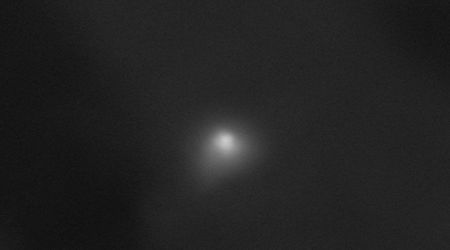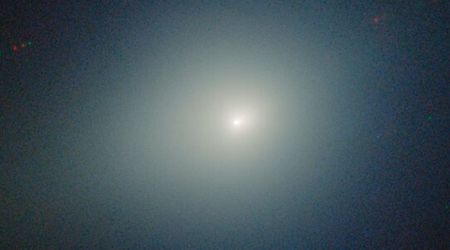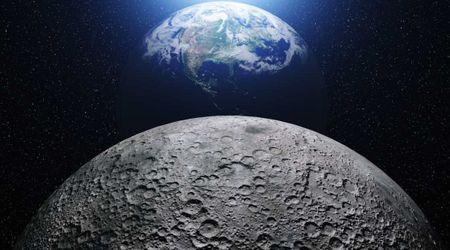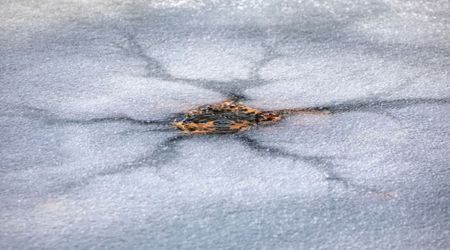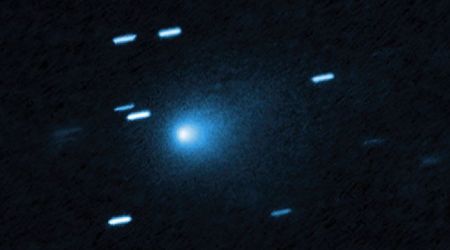Florida environmentalists raise concerns about increased SpaceX launches from 50 to 120 per year

SpaceX launched its 475th Falcon 9 rocket from Cape Canaveral, Florida, delivering a new batch of Starlink satellites to orbit. It was part of the many lift-offs that have been scheduled by the company for this year, which has gotten the permission to increase the number of Falcon launches from Cape Canaveral Space Force Station from 50 to 120 every year, per Gizmodo. Elon Musk’s company requested the Federal Aviation Administration (FAA) to modify its license and allow the construction of a new first-stage booster landing zone. A license modification will result in an average of one launch every three days from this site alone.

However, the grassroots environmental discussion group Indian River Lagoon Roundtable is raising its voice against this proposal from SpaceX. They wrote in several letters to the FAA about the adverse impacts that would await if such a decision were made. The FAA evaluated the response to SpaceX’s request for a license modification. They investigated the emissions by Falcon 9 rockets when they are fired during launch and booster landing. A draft of an environmental assessment was released, which found that increasing Falcon launches would not impact Cape Canaveral’s wildlife or habitat.

However, the local environmental advocacy group disagreed and insisted on the interruptions to wildlife reproduction, feeding, and nesting. An increase in launches from 50 to 120 a year will cause long-term bioaccumulation of pollutants, per Florida Today. It will affect the water, soil, and air of the region, which will impact the health of essential fish habitats. This pollution will be consumed and inherited by insects, mammals, and fish in the area, according to the South Atlantic Fishery Management Council, making the fish inedible and of poor quality to be sold.

"Unfortunately, an unintended consequence of increased launch and booster recovery operations will likely be a reduction in the practical windows for prescribed fire management each year (due to security and smoke/visibility concerns)," stated NGO Audubon Florida, per the publication. They were appreciative of a landing pad near the present, disturbed launch site, as it will avoid various site-related impacts to sensitive habitat and wildlife. Several plant and animal species in Cape Canaveral are adapted to fire, and controlled burns are needed to preserve and improve habitat for threatened species.

The launches create restrictions for Port Canaveral and the movement of fishing vessels that harvest seafood. "Lost fishing time results in economic damage to the vessel and the entire infrastructure supporting the industry," the Cape Canaveral Shrimp Company, a seafood wholesaler, reported. The FAA and the Air Force also received letters from the United Launch Alliance about the operational impacts and disruptions from SpaceX's increased launches. A comprehensive airspace-safety assessment would become essential as falling debris can impact operations in the waters.

The FAA will be incorporating all the requested perspectives to create a final environmental assessment, per Gizmodo. However, the draft assessment highlighted that hazardous materials and solid wastes from SpaceX launches would be handled properly. All the federal, state, and local regulations, including Cape Canaveral Space Force Station’s mandates, would be followed in these works. With concerns in Boca Chica about increased environmental impacts on the threatened wildlife, other states fear the same as SpaceX plans an expansion of its operations.



